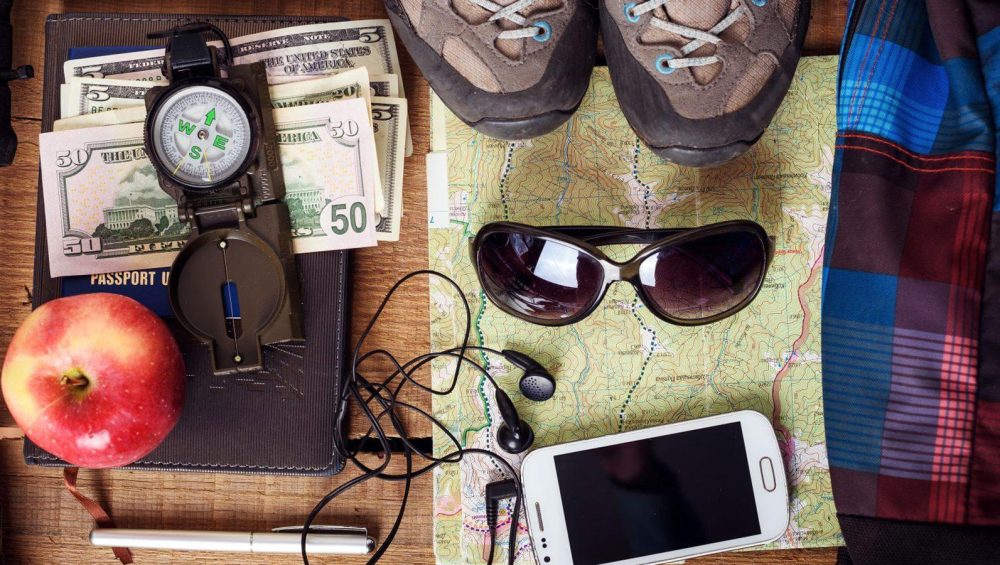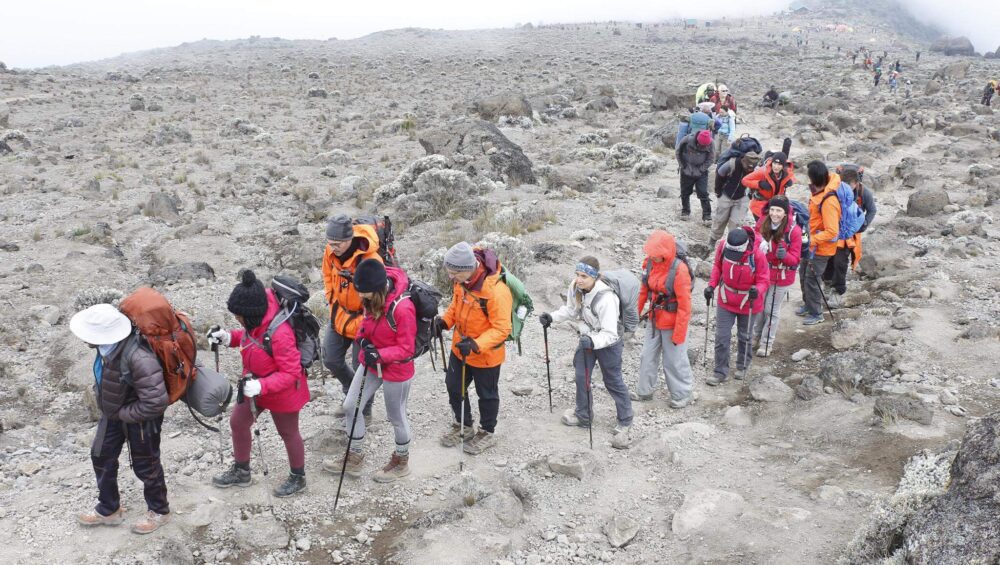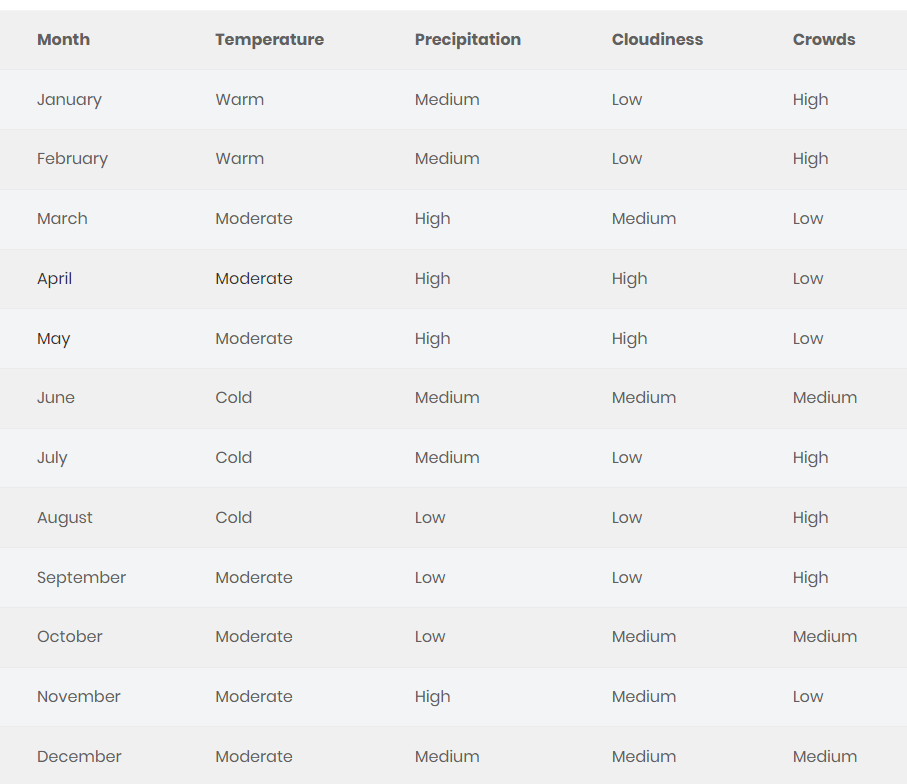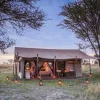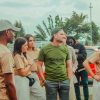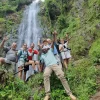What To Pack For A Tanzania Safari (Safari Packing List)
Whether you are experienced when it comes to safari tours or it is your first time, it is important to know exactly what you need to bring with you in order to not only get the most out of your safari in Tanzania but also to make sure that you- and any other guests that are going with you such as if you are going on a family vacation-, are as well-prepared for any possible situation that you might come across. If you are struggling to think of absolutely everything that you will need to bring with you, have no fear, as we are here to help you out!
If you need more information about What to Expect: Camping in the Serengeti you read more here
Safari Packing List
In this Tanzania safari packing list, we will go through all the items you need to take with you and explaining as to why you should bring them with you.
Let’s get started.
Travel Documents and Currency
This might seem like an obvious item to take with you, but it can be very easy to forget them if you are in a hurry. The documents and currency that you will need are as follows:
- Passport: This is a no-brainer, but it can sometimes be tough to remember to pick up your passport on your way out of the door. Make a note about remembering your passport somewhere that you can be sure that you will see it- such as on the fridge or on the bathroom mirror- to help you keep it in mind. You will also need to make sure that your passport has a minimum validity of six months.
- Plane Ticket: Another obvious necessity, but again, it can be easy to forget them when you’re in a hurry.
- Visa: E-visas are recommended as they can be ordered in advance, and they can be useful when it comes to avoiding any potential issues with obtaining a physical visa once you get to Tanzania. However, if it is necessary, they are available upon arrival in the country.
- Travel Insurance: This insurance will keep you covered for issues that might pop up during your trip to Tanzania, such as cancellations, flight delays, evacuations, theft or loss of property, and any necessary medical expenses.
- Currency: It is best to be as prepared as possible when it comes to the money that you bring with you, so a mixture of debit or credit cards as well as cash is going to be your best bet. When it comes to what currency you are able to use in Tanzania, you can use US dollars so long as they are dated after 2006 as they are accepted in most major establishments in the country. You will also need to make sure that you have some Tanzanian shillings, as they will often be used in smaller establishments.
Versatile Clothing
Clothing can be a tricky element of a safari to pin down, as you never know exactly what you are going to get when it comes to the Tanzania weather.
Tanzania experiences both wet and dry seasons, with the dry seasons falling between January and February and then from June to October and the wet seasons lasting from March to May (this is the more prominent wet season), and then November and December.
For a safari in the dry season, you aren’t likely to see any rain, but it is best to pack a few jackets just to be sure.
Otherwise, light clothing will suffice. The wet seasons will call for heavier clothes, such as scarves and thicker jackets.
There are also general clothes that you will want to make sure that you pack no matter what season you travel in, such as the following:
- Long Sleeved Shirts
- Trousers
- Shorts
- Waterproof Jacket
- T-Shirts
- Socks
- Warm Sweaters
- Swimsuits
- Hats
As whole, lightweight outfits in neutral colors are a practical choice for a safari, but remember that layering is your best friend!
Sturdy and Comfortable Footwear
You might be doing a fair amount of walking during your safari (especially if it is a walking safari specifically) and so comfortable footwear is a must.
A pair of sneakers that you are willing to let get dirty is a great idea, whilst hiking boots that are sturdy and offer a great deal of ankle support are also a necessity.
If you are planning on doing some relaxing at the beach as well as embarking on your safari, don’t forget your flip-flops or sandals!
Medical Kit
A basic first aid kit will help to avoid any unexpected mishaps or illnesses on your safari.
From regular painkillers to medications to avoid sickness and diarrhea, you will definitely want to make sure that you are stocked up on the essentials so that you can continue to enjoy your trip even if you have to deal with any medical problems.
Some of these essentials include:
- Antibacterial medicines
- Anti-malaria medications
- Antidiarrheal medications
- Band-aids
- Gauze and Bandages
- Adhesive Tape
- Hand Sanitizer
- Eye Drops
- Nose Spray
Even the smallest first aid kit will suffice, as long as you have the right tools to deal with any cuts, bruises, or reactions that might occur!
Toiletries
When it comes to toiletries, you will want to bring the same kind of items as you would on other vacations, such as the following:
- Toothpaste
- Toothbrush
- Soap
- Shampoo
- Conditioner
- Mouthwash
- Deodorant
- Travel Towels
- Hairbrush
- Lotions
- Feminine Hygiene Products (if necessary)
A safari is also going to be prone to insects, so make sure that you also get yourself some strong insect repellent as well as these essentials in order to avoid being swarmed or bitten
Sun Protection
You will also need to keep in mind that you are going to be outside for a long period of time whilst on safari, so protection from the sun is crucial.
As well as sunscreen, and bring some after-sun lotion as well.
Electronics and Gadgets
As well as your phone, there is no doubt that you will want to capture the moments you experience during your safari, so a camera is sure to be on your list of essential items.
Don’t forget the charger for your camera (that goes for your phone too!) and spare batteries, as well as an extra memory card. Universal plug converters and binoculars are a must too!
Don’t forget to keep any electronics protected at all times, especially if you are planning to be in Tanzania during the rainy season.
Some extra protective coverings or waterproof bags to keep them in might prove useful.
Baggage
Make sure that you have all of the different kinds of storage necessary for all of your belongings. This could include the following:
- Backpack
- Waterproof Duffel Bag
- Day Pack
- Zip Lock Bags
Utilizing these different kinds of baggage will make it easier to decipher your everyday items from your specific safari items.
Final Thoughts: what to pack for your Tanzania Safari?
So there you have everything that you will need for a safari trip to Tanzania!
As long as you stay well organized and make a thorough plan before you leave, you are sure to remember all of the essentials and have an incredible experience on your journey!
